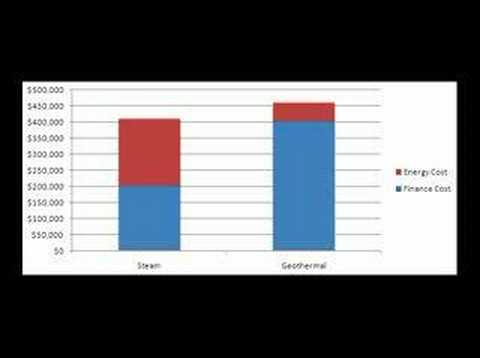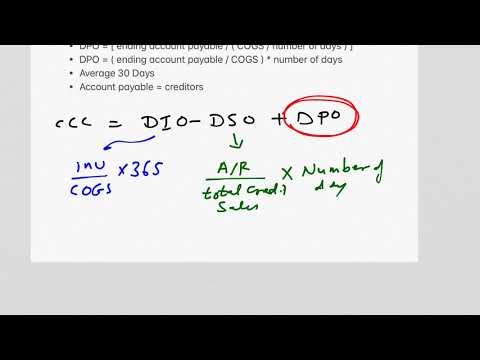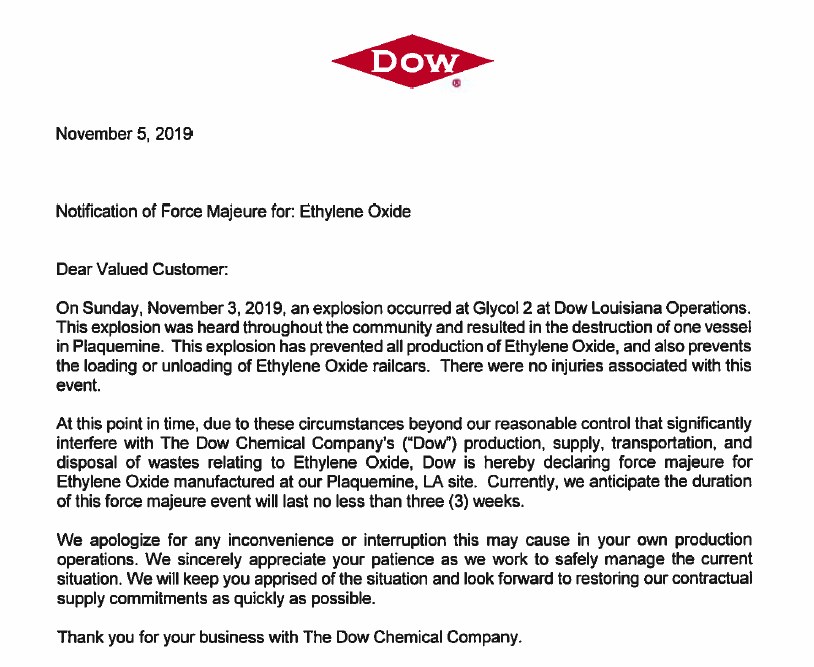

The first purpose is to analyze the efficiency, or anticipated efficiency, of your rental properties. For instance, if there are three workplace buildings in your value range on the market, calculating the expected cap rates for all three may help you identify which is the most effective investment. Or, if you know the market average cap charges, calculating the cap fee of properties you personal can help you determine if they’re overperforming or underperforming the industry averages. This means that if an revenue property performed properly or poorly for one year, it will be mirrored within the cap rate calculation. The cap rate is the most popular measure through which real estate investments are assessed for their profitability and return potential.
What does cap rate tell you?
The cap rate formula
Calculated by dividing a property's net operating income by its asset value, the cap rate is an assessment of the yield of a property over one year.
It is a benchmark used by lenders to measure the ability of the entity to produce enough cash to be able to cover its debt payments inclusive of the lease. Return on investment is one of the most significant terms in the dictionary of investors. In general terms, Return on investment is the profit you make as the result of investments. Having a clear-cut idea of the terminology and fundamentals of business can help in taking much better thought-out decisions while investing.
The Formula for Calculating the Cap Rate of a Property
There are no clear ranges for a good or poor cap rate, and they depend primarily on the real estate background and the economy. The capitalization rate is a term used in commercial Real Estate to refer to the rate of return expected to be generated from the real estate investment property. This method is used to understand how much an investor can expect to gain as a return on their investment in the real estate Market. The term “inflation” refers to an increase in prices over a predetermined time period, such as rising housing or rent costs. Excessive money supply, supply and demand shocks, and the widespread belief that prices will rise are common drivers of inflation. It gives traders the opportunity to understand their return on investment, and to compare potential investments before deploying their capital.
What is a good cap rate and why?
A “good” cap rate varies depending on the investor and the property. Generally, the higher the cap rate, the higher the risk and return. Market analysts say an ideal cap rate is between five and 10 percent; the exact number will depend on the property type and location.
However, it should be noted that the capitalization rate and return on investment serve a different purpose when analyzing a company. However, capitalization rates have also become synonymous with risk assessment. To determine a “safe” capitalization rate, you need to determine the level of risk you may be exposed to. Essentially, a lower capitalization rate implies lower risk, while a higher capitalization rate implies higher risk.
What is considered a good cap rate?
Nothing contained in the articles should be construed as business, legal, tax, accounting, investment or other advice or as an advertisement or promotion of any project or developer or locality. Cap Rates and Return on Investment are different metric and are often confused by the people. Cash Flow is the Net Operating Income left after taking out mortgage payments. In other words, Cash Flow is Net Operating Income minus the payments towards mortgage. CAs, experts and businesses can get GST ready with ClearTax GST software & certification course.
- Calculating this metric is quite simple, and anyone can do it using the simple formula.
- All things being equal, the first property will generate a higher rental compared to the second one, but those will be partially offset by the higher cost of maintenance and higher taxes.
- It is a simple, easy to calculate, and effective metric that helps investors to make better decisions.
- This way, the buyers can use capitalization rates for taking Real Estate investment decisions.
- And vice versa for a lower cap rate (you’re dealing with a low-risk real estate investment).
It is important to note that expenses on the rental income like taxes and maintenance costs must be subtracted from the rental earning to arrive as Net Operating Income. This ratio helps calculate cap rate, which shows what the expected return on investment would be if the property was held over a given period of time. In Real estate, capitalization rate can also be used for fixing the rental for a property. If an owner is not sure about how much rental should be fixed for a property, he can gather information about the cap rate of similar properties in the same location. Using this metric as an indicator of similar property, the owner can fix/ decide the rental income for his property.
Advantages Of Determining A Multifamily Property’s Cap Rate
Properly analyzing capitalization rates can help investors maximize their return from any given property purchase, ensuring their real estate portfolio reaches its full potential. In words, the capitalization rate is the NOI divided by the value of the property. Sometimes, investors make use of the occupancy rate to calculate the cap rate, occupancy rate inclusive cap rate is considered more accurate provided the investor has the occupancy rate details. Inflation produced by rising prices and an excess of money supply usually results in an increase in real estate values. Some venture capitalists use rental properties as a hedge against inflation to produce yield above the inflationary rate in order to help offset the loss of the dollar’s purchasing power.
In a real estate fund, the cap rate can provide valuable information about the fund’s potential returns and risk, and help investors to assess its overall performance. 2.Rental yield is a measure of the income generated by a property or real estate investment compared to its cost or market value. Gross rental yield is the annual rental income of a property expressed as a percentage of its purchase price or market value. Net rental yield takes into account the property’s operating expenses, such as property management fees, insurance, and property taxes, and calculates the net income generated as a percentage of the property’s value.
Capitalization fee, or cap rate, is a metric used to determine the rate of return on real property. It’s most frequently used for business property investments, such as office buildings, resorts, or warehouses. However, it can be used with properties which what is cap rate in real estate are residential in nature, as well. Capitalization price is based on the rental earnings, rental expenses, and worth of a rental property. Cap rate additionally tells actual property buyers how much of the property’s value they are receiving in revenue.
It is important to note that expenses on the rental income like taxes and maintenance costs must be subtracted from the rentals earning to arrive as Net Operating Income. Capitalization rate gives the first hand indicator of the investment worthiness of the asset. The cap rate is the ratio between the net income of the property and its original price or capital cost. To determine the cap price for a property, start by calculating the gross revenue you’ll earn from it every year through lease or other sources of income. Finally, divide the net earnings by the property’s buy price to get the cap price, which ought to be expressed as a percentage. The 2% rule in real estate is a rule of thumb which suggests that a rental property is a good investment if the monthly rental income is equal to or higher than 2% of the investment property price.
Choosing a property, but not the ultimate one as, in some cases, it can be irrelevant. Real estate investment profitability can be estimated using many simple metrics and tools, and the cap rate is one of them. An investor should choose a property that is ideal for his objectives and risk-taking capacity.

Due to the increase in residential, shopping, commercial and warehousing outlook, huge money is chasing good projects from investors world-wide, particularly more from the US, he said. This real estate metric takes under consideration the annual net working earnings and compares it to the purchase worth of the funding property. The cap fee doesn’t, nevertheless, embrace investment property financing as part of the investment property expenses subtracted from the rental earnings to get the NOI. A high cap rate which can be above 10-12% is usually considered a high-risk investment and low sales prices are typically found in low-income neighborhoods.
Cap Rate Explained
It is used to estimate the investor’s potential return on their funding in the actual property market. Changing the NOI stabilization to $1.4 million, the sponsor is building to a 7 cap. NOI or Net operating income determines the worth of property now and in the future. Expenses can be property expenses but not inclusive of depreciation or property mortgage.
The capitalization rate, often referred to only as the capitalization rate, is the ratio of net operating income to the value of the real estate asset. For example, if a property was recently sold for $1,000,000 and had a NOI of $100,000, the capitalization rate is $100,000/$1,000,000, or 10%. Sellers always prefer low capitalization rates, as it is more beneficial to them when the property valuation is high. Buyers, before buying a Real estate property, need to look into the annual rentals and expenses. This information can be obtained from the seller, and the net operating income is obtained. Then dividing the net operating income with the property’s current market value will give the cap rate.
A Cap Rate, in some ways, lets an investor of a commercial property know how much returns will he or she get. So in the example given above, an investor will get 20 percent return on purchasing the building for Rs 1 crore in an all cash deal. However, BREIT also owns industrial real estate, such as e-commerce warehouses, which are valued more highly. Real estate investors rely upon a variety of types information when negotiating for income producing properties – for instance, the desirability of the property’s current locati… Amortization refers to paying off a debt through predetermined installments inclusive of principal and interest.
In other words, as the capitalization rate increases, the valuation multiplier decreases. The capitalization rate, often known as the cap rate for CRE, is a measure of return that CRE investors use to assess the risk and possible return of a certain asset or building. It is predicated on the length of time it takes an investor to recoup their initial investment and is expressed as percentages, usually between 2 and 30%. Cap rates, which are solely based on current rentals and do not consider financing or mortgage arrangements, are not the only statistic investors should rely on. Investors often take into account additional indicators, such as the internal rate of return, to make these evaluations more comprehensive.
Different cap rates among different properties, or different cap rates across different time horizons on the same property, represent different levels of risk. A look at the formula indicates that the cap rate value will be higher for properties that generate higher net operating income and have a lower valuation, and vice versa. The capitalization rate is calculated by dividing a property’s net operating income by the current market value.
What is 7.5% cap rate?
What does a 7.5 cap rate mean? A 7.5 cap rate means that you can expect a 7.5% annual gross income on the value of your property or investment. If your property's value is $150,000, a 7.5 cap rate will mean a yearly return of $11,250.

